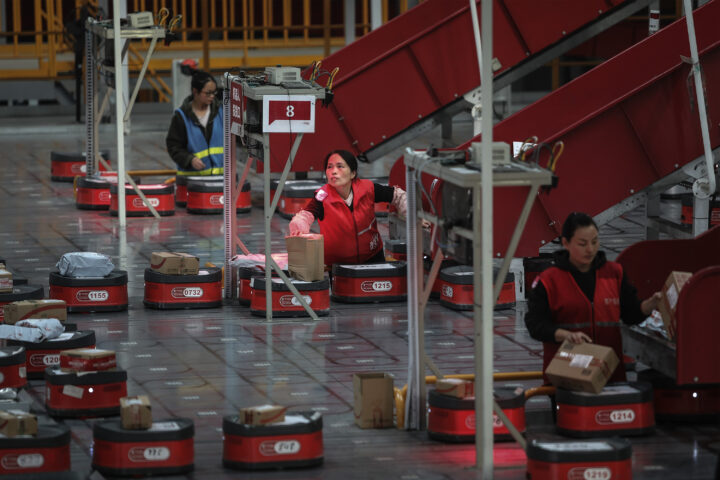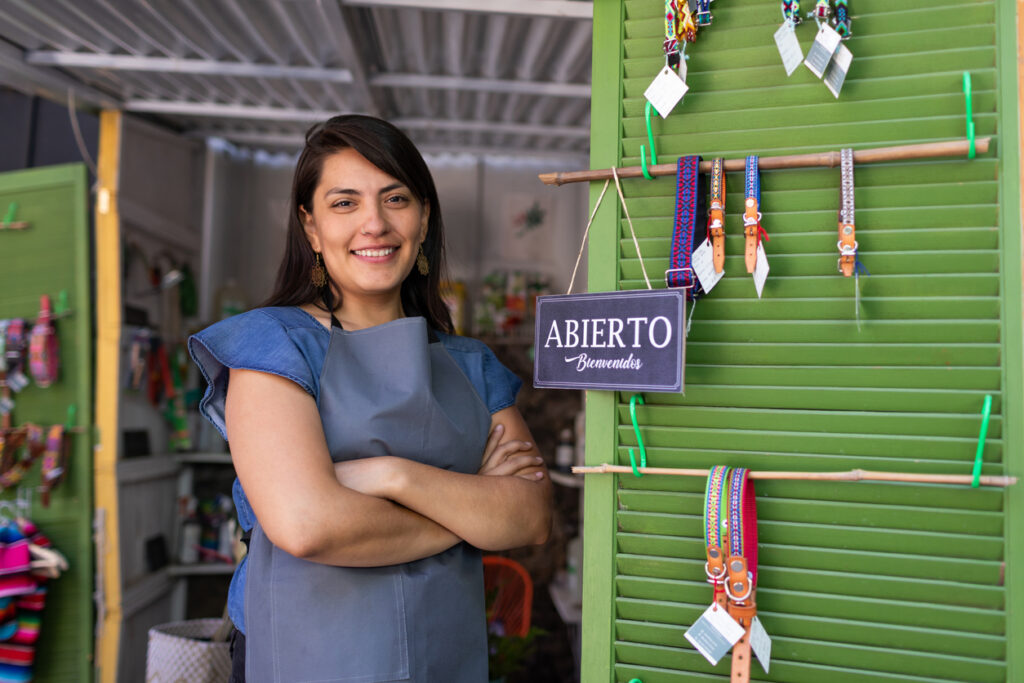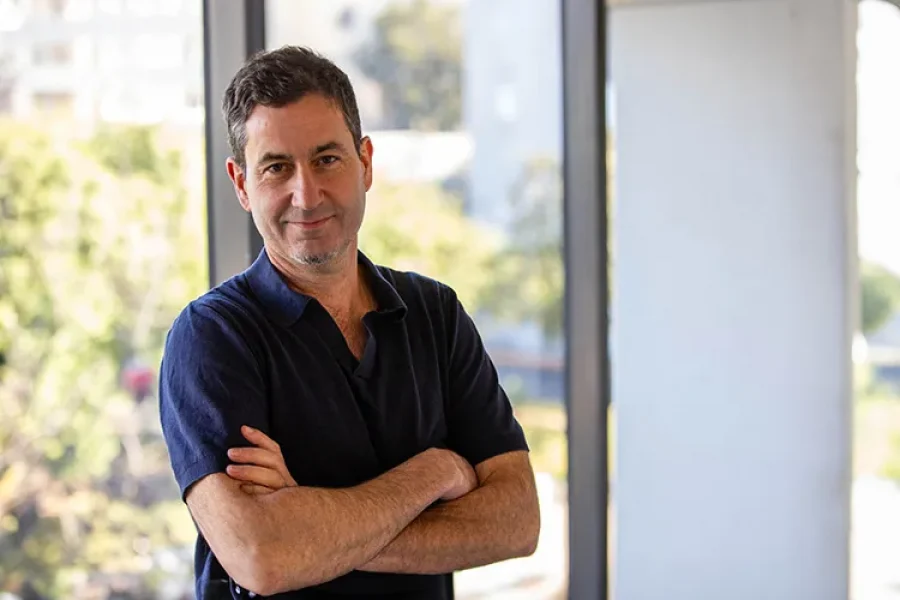The pandemic broke out in 2020 and the world’s schools closed. In California, Vincent Matthews, director of the San Francisco Unified School District was desperately struggling to get more than 55,000 students back into education.
Despite the lack of solutions from the school district leadership, Matthews approached the Stanford University Graduate School of Education and together they created an action plan for the reopening of schools, based on scientific research and technology.
This case was documented by the Stanford Social Innovation Review explaining that what happened in California is not only an opportunity for education but for other areas.
From science to entrepreneurship
Can this gap between research and practice be closed? Is it possible to move from research to entrepreneurship? Professors and researchers believe that it is possible and necessary, since Mexico allocates only 0.4% of its Gross Domestic Product (GDP) for research, according to a UNESCO report on science published in 2021.
Despite the low percentage that Mexico spends on research, the country is a publishing leader in Latinamerica with 23,508 publications between 2011 and 2019.
Pull and push approach
The gap between knowledge and research occurs when both branches work independently, without taking each other into account. They can make progress within their areas, but the chances of a greater social impact are minimized.
For instance, some researchers dedicate their lives to producing scientific content, but they fail to consider if the product or company will benefit society.
There are also individuals with great ideas to improve the world but lack the means to validate their projects or base them on scientifically proven knowledge.
Doing research to solve real problems, and consulting those who experience that conflict, is commonly known as the pull approach, which seeks tangible impact through scientific research.
There is also the push approach, in which the researcher focuses only on research that can be published and have an impact in the scientific and academic world, but not always the potential to become a product or a company with a social impact.
The transfer: from paper to the company
Misael Gradilla, a research professor at the School of Engineering and Sciences is working on a project in the tequila industry, generating research from the Sustainability and Climate Change Laboratory of the Tec Campus Guadalajara.
Research conducted from this center focuses on tequila production and the emissions produced during the distillation process.
Together, researchers from the center and producers from the sector in Jalisco, Mexico, collaborate to develop more efficient and environmentally friendly technology based on that research.
“We have to work on understanding the sector and bringing its challenges to the lab, rather than developing solutions in the lab and then trying to find a use for them”, explained Gradilla during the International Congress of Educational Innovation (CIIE 2023) from the Tec de Monterrey.
The project was the outcome of an alliance where the tequila companies requested support from Tec but also provided financial support for the research.
Yoshiko Sakai, coordinator of Educational Entrepreneurial Experiences of the Eugenio Garza Lagüera Institute of Entrepreneurship points out that research is also a way to validate the ideas of entrepreneurs.
An entrepreneur can begin a startup and rely on research and scientists who can advise them to validate their idea, from sustainability issues to areas such as health, business, and engineering.
“I think there is a connection and different (entrepreneurship) programs can be joined by research teams or have researchers as mentors who can advise these ventures,” she adds.
Technology transfer process
The process by which science is transformed into a company or a product is known as technology transfer, which goes from the validation of an idea to the creation of a prototype, a finished product, the licensing of the technology, and even its entry into the market.
Jorge Avendaño, director of marketing and Technology transfer in the Technology Transfer Department from Tec de Monterrey explains the process:
First, the results of the research are obtained and reviewed finding if they have the potential to become a physical product. If so, a prototype is made and, if its effectiveness is proven, it is tested within the facilities of a specific client, such as the tequila distilleries with which Gradilla collaborates or a technology-based company can be created as another option.
If the product performs as intended, it is up to the organization or the startup company to implement it or establish a production facility, hire a sales team, establish contracts with clients, and bring the product or solution to market.
Only in this Transfer Office, it is estimated that, by 2026, between 40 and 50 technology-based companies will have been launched, built from research, according to Arturo Santos, the center leader.
“We seek to increase the proposals that have the potential. We want researchers to seek to start a business venture and not happen by a coincidence. Not the researchers saying ‘today we want to undertake’, but them defining this process previously and we accompanying them ”, points out Arturo.


















